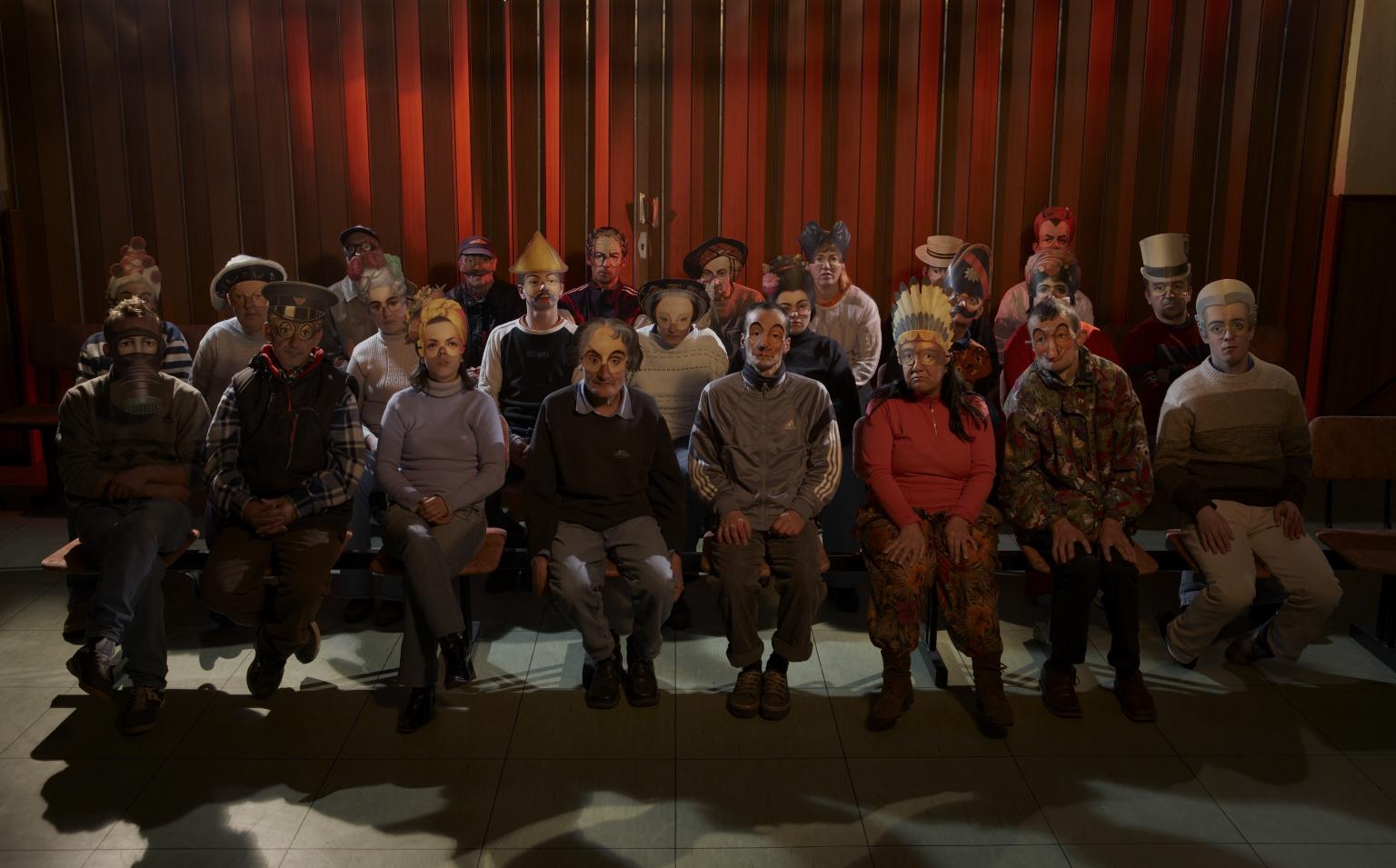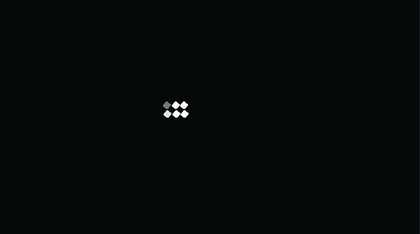In Rupak, artist Lala Rukh gives visual form to the live quality of sound
Rupak 2016 is Rukh’s last major work. It consists of an animation and 88 drawings. The soundtrack features a tabla – a drum from the Indian subcontinent. The work takes its title from the rupak taal, a rhythmic pattern in Hindustani music.
Lala Rukh was a socially and politically engaged artist who had a deep interest in music. This was sparked by her engagement with the All Pakistan Musical Conference, an organisation created by her father, Hayat Ahmad Khan, in 1959. It promoted diverse types of music from around the country.
In her drawings Rukh creates a form of visual annotation for a musical tradition that is largely based on memory and improvisation. The square-shaped units, which make up the various configurations, derive from calligraphy. They run along a single line in the black-on-white drawings, while they pulsate in and out of sight in the white-on-black animation. Rupak encapsulates Lala Rukh’s precise, minimal visual language. The artist often condensed complex subject matters into concise forms.
Curated by Devika Singh
Art in this room

Sorry, no image available

